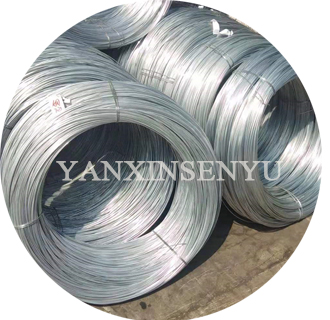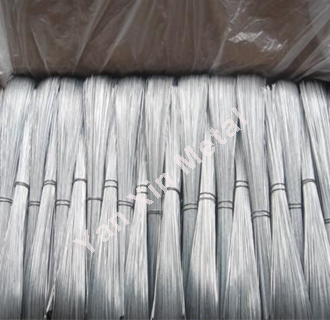In fact, cold wire drawing is a kind of metal cold processing. The raw material for producing cold wire drawing is wire rod, which is what we usually call. The product produced by a series of processes such as shelling is cold drawn wire, which is our common wire.
Cold wire drawing is used more in building materials, and the testing standards for cold wire drawing are also different. The strength of the cold wire is high and can be used in many ways. The much used one is the prestressed tendon. If steel is not required and strength is required, such a steel can be used.
So why is the cold wire rusted after the pickling process?
The pickling solution in the pickling process contains a large amount of acidic substances, including sulfuric acid, nitric acid, etc., and is highly corrosive and oxidizing, and the temperature of the corrosive medium is relatively high, so that the corrosion resistance of the cold drawn wire is required to be high.
Usually, the cold-drawing wire is subjected to the pickling process, but the cold-drawn wire after pickling is relatively easy to rust. Therefore, the method of treating the rust of the wire is to "polish". Because the polishing process has no effect on the later galvanization.
The main purpose of the cold wire drawing manufacturer to polish the cold wire is to lubricate the surface, and the dimensional accuracy or shape change will not change.
After selecting the correct pickling solution and polishing treatment, it is quite simple to carry out galvanizing treatment on the wire drawing. The electrolysis equipment pipe parts are degreased and pickled by "electroplating zinc", and then placed in a solution containing zinc salt to connect the electrolysis. The negative pole of the equipment, the corresponding position of the pipe fittings is placed in the zinc plate, the power is turned on, and the current flows from the positive electrode to the negative electrode, so that a layer of zinc is accumulated in the pipe fitting.















